Spice Up Your Life with These Fruity Peppers
Welcome to the world where sweet meets heat — a tropical paradise of fruity peppers. Whether you're a spice junkie chasing the next level of burn or a home cook looking for flavor fireworks, this guide will walk you through the juiciest, tastiest members of the Capsicum family. Grab your apron and let’s dive into the fruity fire!
Table of Contents
- What Exactly Are Fruity Peppers?
- Top 7 Fruity Peppers You Should Try
- How to Use Fruity Peppers in Everyday Cooking
- Fruit + Fire: Understanding Heat Levels
- Pro Tips: Storing, Handling, and Taming the Heat
- Conclusion: The Sweet and the Spicy
What Exactly Are Fruity Peppers?
Let’s get one thing straight: when we say “fruity peppers”, we’re not talking about pineapples wearing pepper hats. We mean chili peppers that naturally carry bright, bold, fruit-forward flavors — think mango, citrus, berry, and even hints of stone fruits like peach and apricot.
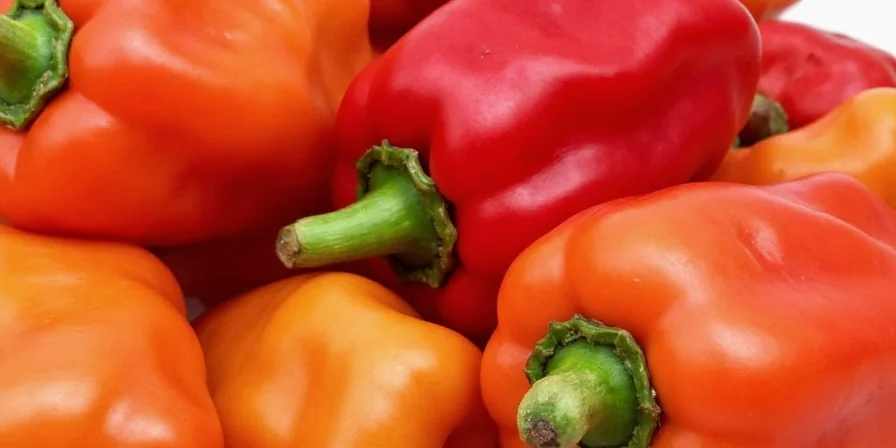
These aren’t just hot; they bring complexity. Imagine biting into something that starts like a ripe papaya and ends with a punch of jalapeño-style heat. Sounds exciting, right?
Top 7 Fruity Peppers You Should Try
If you're ready to explore beyond the jalapeño, here are seven fruity peppers that deserve a spot in your kitchen:
| Pepper Name | Flavor Profile | Heat Level (SHU) | Best For |
|---|---|---|---|
| Hatch Green Chile | Sweet, grassy, slightly smoky | 1,000 – 8,000 SHU | Rellenos, salsas, roasted dishes |
| Habanero | Tropical fruit, citrus zest | 100,000 – 350,000 SHU | Hot sauces, marinades, adventurous eats |
| Scotch Bonnet | Mango, melon, honeyed notes | 100,000 – 350,000 SHU | Jamaican jerk, stews, island vibes |
| Ghost Pepper (Bhut Jolokia) | Fruity upfront, earthy finish | 800,000 – 1,000,000 SHU | Extreme spice challenges, masochistic cooking |
| Datil Pepper | Citrusy, sweet, and surprisingly mellow | 100,000 – 300,000 SHU | St. Augustine-style sauces, gourmet condiments |
| Padrón Pepper | Earthy, nutty, occasionally spicy | Varies (about 1 in 10 is spicy) | Tapas, charred snacking, surprise eating |
| Serrano Pepper | Grassy, tart, clean bite | 10,000 – 23,000 SHU | Pico de gallo, guacamole, tacos al pastor |
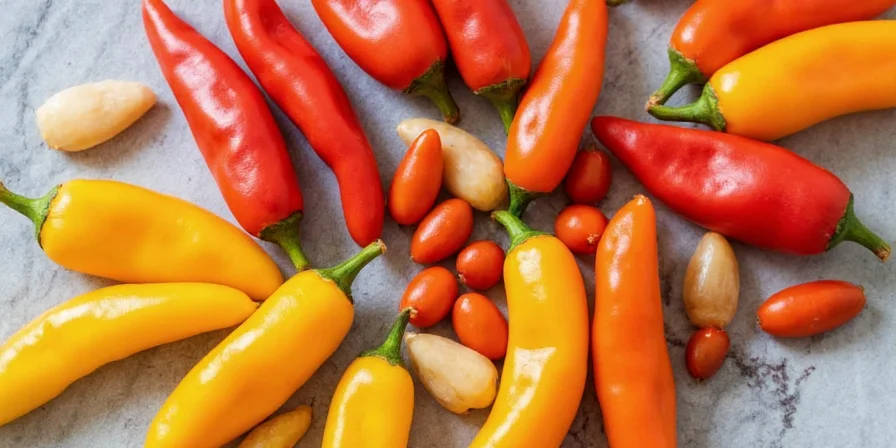
How to Use Fruity Peppers in Everyday Cooking
The beauty of these peppers lies in their versatility. Here's how to wield them like a culinary wizard:
- Add them raw: Dice up a habanero or serrano and toss it into salsas or slaws for a crisp, fiery kick.
- Roast them: Hatch green chiles shine when blistered and peeled. Use them in dips, sandwiches, or soups.
- Blend them: Turn datils or scotch bonnets into smooth hot sauces or infused oils.
- Dry them: Ghost peppers or padróns can be dried and powdered for use in rubs or finishing salts.
- Pair with sweetness: Think pineapple-jalapeño skewers or mango-habanero salsa. The contrast sings!
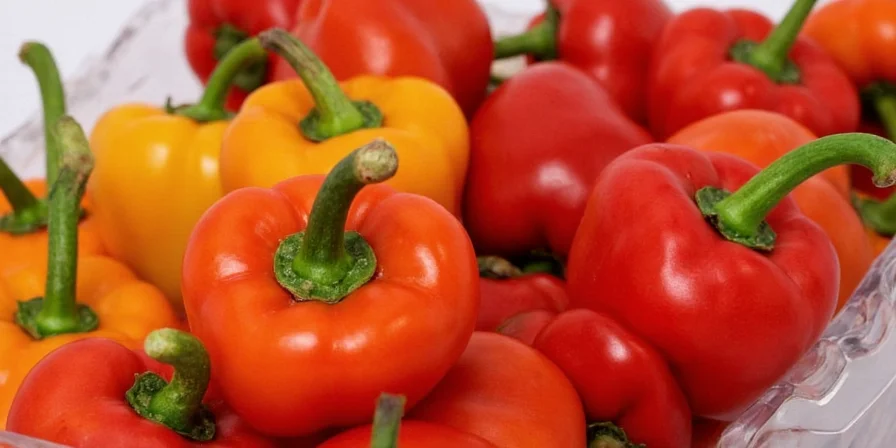
Fruit + Fire: Understanding Heat Levels
While fruity peppers are packed with flavor, don't be fooled — many pack a serious punch. Let's break down what those Scoville numbers really mean:
| Pepper | Typical Scoville Heat Units (SHU) | Perceived Heat Level |
|---|---|---|
| Padrón | ~500–2,500 | Low to medium (randomly spicy!) |
| Serrano | 10,000–23,000 | Medium |
| Hatch Green Chile | 1,000–8,000 | Low to medium |
| Habanero | 100,000–350,000 | Very hot |
| Scotch Bonnet | 100,000–350,000 | Very hot |
| Datil | 100,000–300,000 | Very hot |
| Ghost Pepper | 800,000–1,000,000 | EXTREME |
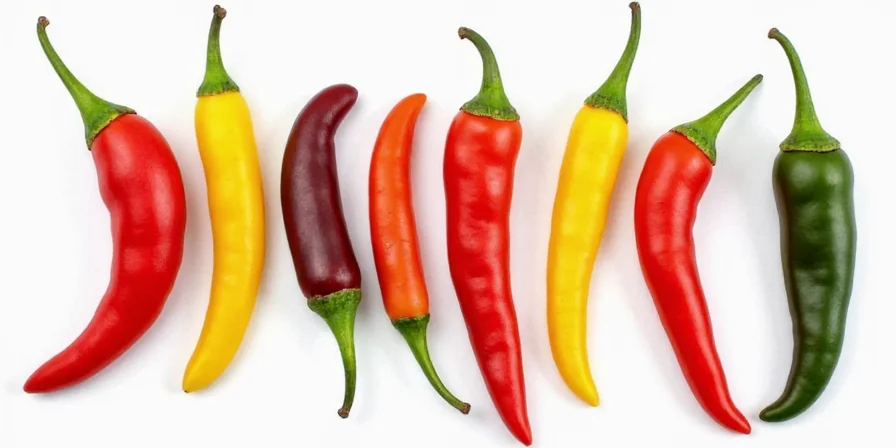
Pro Tips: Storing, Handling, and Taming the Heat
Ready to go full-on fruity pepper chef? Here are some pro moves to keep things safe and delicious:
- Store them properly: Fresh peppers last up to two weeks in the fridge in a paper bag. Freeze whole or chopped for later use.
- Wear gloves: Especially when handling ghost peppers or habaneros. Trust us, you do NOT want capsaicin in your eyes.
- To tame the heat: Remove the seeds and inner white ribs — that’s where most of the capsaicin lives.
- Cool off fast: If you burn your tongue, reach for dairy (like yogurt or milk) — water won’t help!
- Infuse them: Make homemade chili oil or vinegar by steeping sliced peppers in a jar. Delicious for drizzling or marinades.

Conclusion: The Sweet and the Spicy
Fruity peppers are more than just heat machines — they’re complex flavor bombs waiting to jazz up your meals. From the mild charm of Hatch chiles to the scorched-earth chaos of ghost peppers, there’s a fruity fire for every palate.
So whether you're simmering a tropical-hot sauce or tossing diced habanero into a fresh salad, remember: it’s not just about how much it burns — it’s about how good it tastes while doing it.
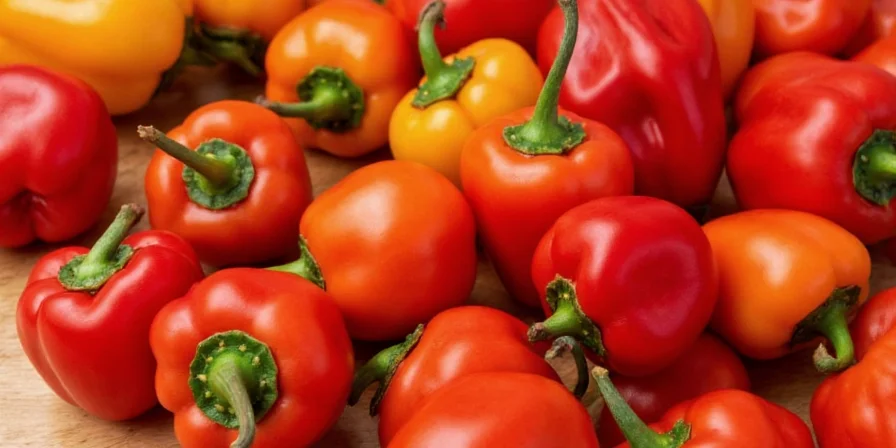
Stay curious, stay spicy, and never underestimate the power of a good fruity pepper!











 浙公网安备
33010002000092号
浙公网安备
33010002000092号 浙B2-20120091-4
浙B2-20120091-4